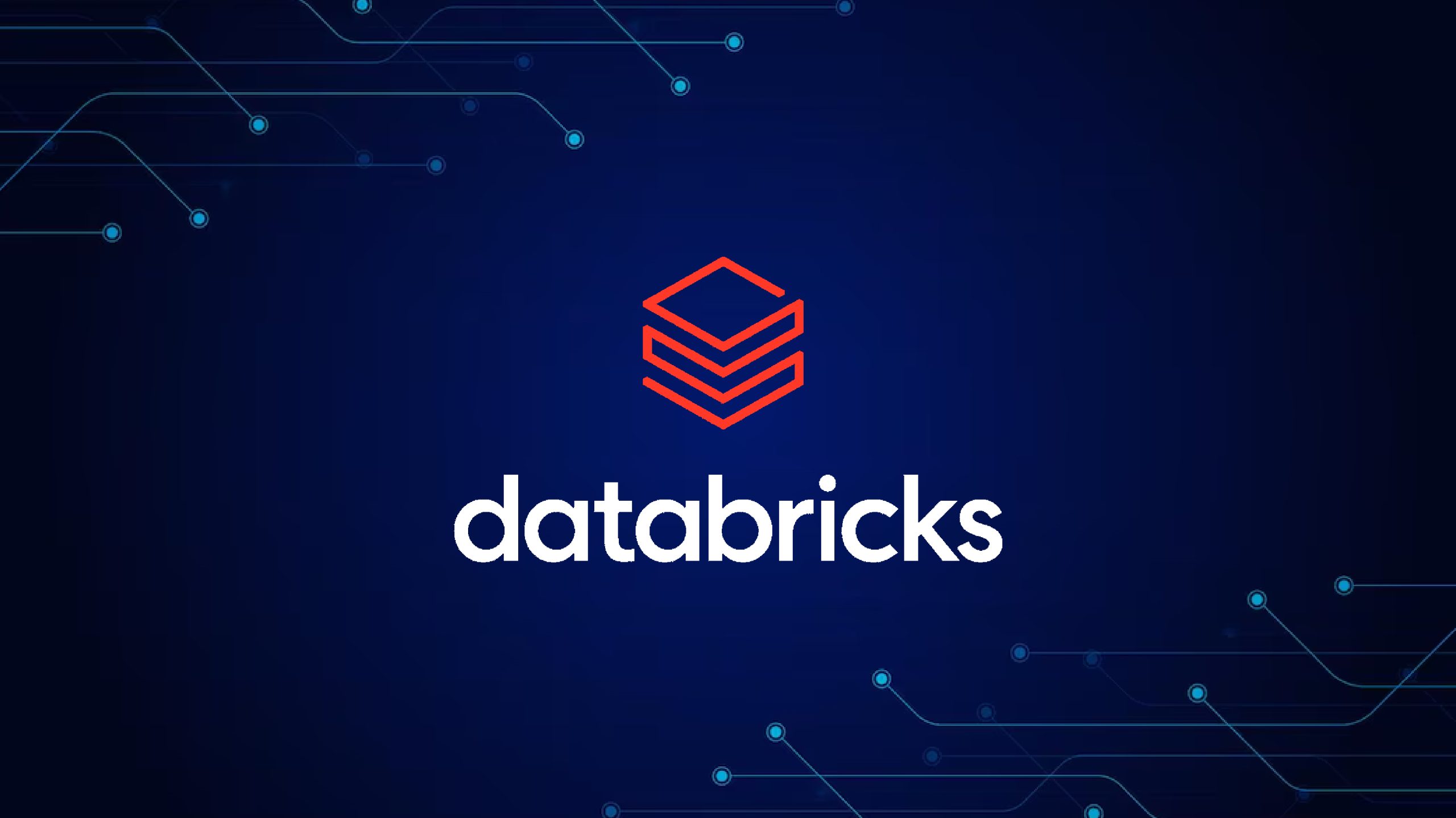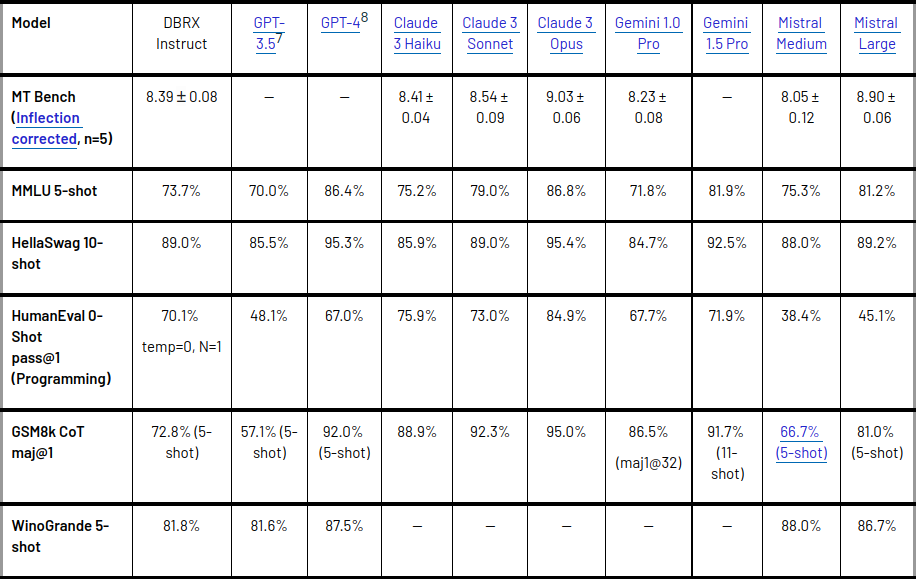Large Language Models (LLMs) are the driving force behind AI revolution, but the game just got a major plot twist. Databricks DBRX, a groundbreaking open-source LLM, is here to challenge the status quo. Outperforming established models and going toe-to-toe with industry leaders, DBRX boasts superior performance and efficiency. Deep dive into the world of LLMs and explore how DBRX is rewriting the rulebook, offering a glimpse into the exciting future of natural language processing.

Table of contents
Understanding LLMs and Open-source LLMs
Large Language Models (LLMs) are advanced natural language processing models that can understand and generate human-like text. These models have become increasingly important in various applications such as language understanding, programming, and mathematics.
Open-source LLMs play a crucial role in the development and advancement of natural language processing technology. They provide the open community and enterprises with access to cutting-edge language models, enabling them to build and customize their models for specific applications and use cases.
What is Databricks DBRX?
Databricks DBRX is an open, general-purpose Large Language Model (LLM) developed by Databricks. It has set a new state-of-the-art for established open LLMs, surpassing GPT-3.5 and rivaling Gemini 1.0 Pro. DBRX excels in various benchmarks, including language understanding, programming, and mathematics. It is trained using next-token prediction with a fine-grained mixture-of-experts (MoE) architecture, resulting in significant improvements in training and inference performance.
The model is available for Databricks customers via APIs and can be pre-trained or fine-tuned. Its efficiency is highlighted by the training and inference performance, surpassing other established models while being approximately 40% of the size of similar models. DBRX is a pivotal component of Databricks’ next generation of GenAI products, designed to empower enterprises and the open community.
The MoE Architecture of Databricks DBRX
Databricks’ DBRX stands out as an open-source, general-purpose Large Language Model (LLM) with a unique architecture for efficiency. Here’s a breakdown of its key features:
- Fine-grained Mixture-of-Experts (MoE): This innovative architecture utilizes 132 billion total parameters, with only 36 billion active per input. This focus on active parameters significantly improves efficiency compared to other models.
- Expert Power: DBRX employs 16 experts and selects 4 for each task, offering a staggering 65 times more possible expert combinations, leading to superior model quality.
- Advanced Techniques: The model leverages cutting-edge techniques like rotary position encodings (RoPE), gated linear units (GLU), and grouped query attention (GQA), further boosting its performance.
- Efficiency Champion: DBRX boasts inference speeds up to twice as fast as LLaMA2-70B. Additionally, it boasts a compact size, being roughly 40% smaller than Grok-1 in both total and active parameter counts.
- Real-World Performance: When hosted on Mosaic AI Model Serving, DBRX delivers text generation speeds of up to 150 tokens per second per user.
- Training Efficiency Leader: The training process for DBRX demonstrates significant improvements in compute efficiency. It requires roughly half the FLOPs (Floating-point Operations) compared to training dense models for the same level of final quality.
Training DBRX
Training a powerful LLM like DBRX isn’t without its hurdles. Here’s a closer look at the training process:
- Challenges: Developing mixture-of-experts models like DBRX presented significant scientific and performance roadblocks. Databricks needed to overcome these challenges to create a robust pipeline capable of efficiently training DBRX-class models.
- Efficiency Breakthrough: The training process for DBRX has achieved remarkable improvements in compute efficiency. Take DBRX MoE-B, a smaller model in the DBRX family, which required 1.7 times fewer FLOPs (Floating-point Operations) to reach a score of 45.5% on the Databricks LLM Gauntlet compared to other models.
- Efficiency Leader: This achievement highlights the effectiveness of the DBRX training process. It positions DBRX as a leader among open-source models and even rivals GPT-3.5 Turbo on RAG tasks, all while boasting superior efficiency.
DBRX vs Other LLMs

Metrics and Results
- DBRX has been measured against established open-source models on language understanding tasks.
- It has surpassed GPT-3.5 and is competitive with Gemini 1.0 Pro.
- The model has demonstrated its capabilities in various benchmarks, including composite benchmarks, programming, mathematics, and MMLU.
- It has outperformed all chat or instruction fine-tuned models on standard benchmarks, scoring the highest on composite benchmarks such as the Hugging Face Open LLM Leaderboard and the Databricks Model Gauntlet.
- Additionally, DBRX Instruct has shown superior performance on long-context tasks and RAG, outperforming GPT-3.5 Turbo at all context lengths and all parts of the sequence.

Strengths and Weaknesses Compared to Other Models
DBRX Instruct has demonstrated its strength in programming and mathematics, scoring higher than other open models on benchmarks such as HumanEval and GSM8k. It has also shown competitive performance with Gemini 1.0 Pro and Mistral Medium, surpassing Gemini 1.0 Pro on several benchmarks. However, it is important to note that model quality and inference efficiency are typically in tension, and while DBRX excels in quality, smaller models are more efficient for inference. Despite this, DBRX has been shown to achieve better tradeoffs between model quality and inference efficiency than dense models typically achieve.
Key Innovations in DBRX
DBRX, developed by Databricks, introduces several key innovations that set it apart from existing open-source and proprietary models. The model utilizes a fine-grained mixture-of-experts (MoE) architecture with 132B total parameters, of which 36B are active on any input.
This architecture allows DBRX to provide a robust and efficient training process, surpassing GPT-3.5 Turbo and challenging GPT-4 Turbo in applications like SQL. Additionally, DBRX employs 16 experts and chooses 4, providing 65x more possible combinations of experts, resulting in improved model quality.
The model also incorporates rotary position encodings (RoPE), gated linear units (GLU), and grouped query attention (GQA), contributing to its exceptional performance.
Advantages of DBRX over Existing Open-Source and Proprietary Models
DBRX offers several advantages over existing open-source and proprietary models. It surpasses GPT-3.5 and is competitive with Gemini 1.0 Pro, demonstrating its capabilities in various benchmarks, including composite benchmarks, programming, mathematics, and MMLU.
- Additionally, DBRX Instruct, a variant of DBRX, outperforms GPT-3.5 on general knowledge, commonsense reasoning, programming, and mathematical reasoning.
- It also excels in long-context tasks, outperforming GPT-3.5 Turbo at all context lengths and all parts of the sequence.
- Furthermore, DBRX Instruct is competitive with Gemini 1.0 Pro and Mistral Medium, surpassing Gemini 1.0 Pro on several benchmarks.
The model’s efficiency is highlighted by its training and inference performance, surpassing other established models while being approximately 40% of the size of similar models. DBRX’s fine-grained MoE architecture and training process have demonstrated substantial improvements in compute efficiency, making it about 2x more FLOP-efficient than training dense models for the same final model quality.
Also Read: Claude vs GPT: Which is a Better LLM?
Conclusion
Databricks DBRX, with its innovative mixture-of-experts architecture, outshines GPT-3.5 and competes with Gemini 1.0 Pro in language understanding. Its fine-grained MoE, advanced techniques, and superior compute efficiency make it a compelling solution for enterprises and the open community, promising groundbreaking advancements in natural language processing. The future of LLMs is brighter with DBRX leading the way.
Follow us on Google News to stay updated with the latest innovations in the world of AI, Data Science, & GenAI.
- SEO Powered Content & PR Distribution. Get Amplified Today.
- PlatoData.Network Vertical Generative Ai. Empower Yourself. Access Here.
- PlatoAiStream. Web3 Intelligence. Knowledge Amplified. Access Here.
- PlatoESG. Carbon, CleanTech, Energy, Environment, Solar, Waste Management. Access Here.
- PlatoHealth. Biotech and Clinical Trials Intelligence. Access Here.
- Source: https://www.analyticsvidhya.com/blog/2024/03/databricks-dbrx/



